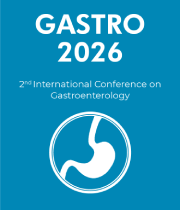Common Bile Duct
The common bile duct is a small tube-like structure that connects two organs of the digestive system – the liver and the small intestine. It is responsible for carrying bile, a digestive juice produced by the liver, from the liver to the small intestine. Bile helps in the digestion of fats and the absorption of certain vitamins and minerals. It also helps to keep the digestive system clean by eliminating bacteria and other unwanted substances. The common bile duct begins at the base of the gallbladder, a pear-shaped organ located in the upper right abdomen. It is formed by the union of the cystic duct from the gallbladder and the hepatic duct from the liver. The duct then travels through the duodenum, the first part of the small intestine, before emptying its contents into the intestine. Various disorders can affect the common bile duct. These include stones in the bile duct, which can block the flow of bile and lead to pain and discomfort. In addition, the duct can become inflamed due to infection or injury, causing jaundice and other symptoms. Surgery may be necessary to remove the stones or treat the underlying condition. In some cases, the common bile duct may be blocked due to a tumor or an enlarged lymph node. This can cause bile to back up in the duct and cause jaundice. If the blockage is not treated, the bile can cause liver damage and lead to other serious complications. In such cases, surgical removal of the blockage is usually necessary. In conclusion, the common bile duct is an important anatomical structure that connects the liver and the small intestine. It carries bile from the liver to the small intestine, helping to digest fats and absorb certain vitamins and minerals. Various disorders can affect the common bile duct, and in some cases, surgery may be necessary to remove stones or treat the underlying condition.



